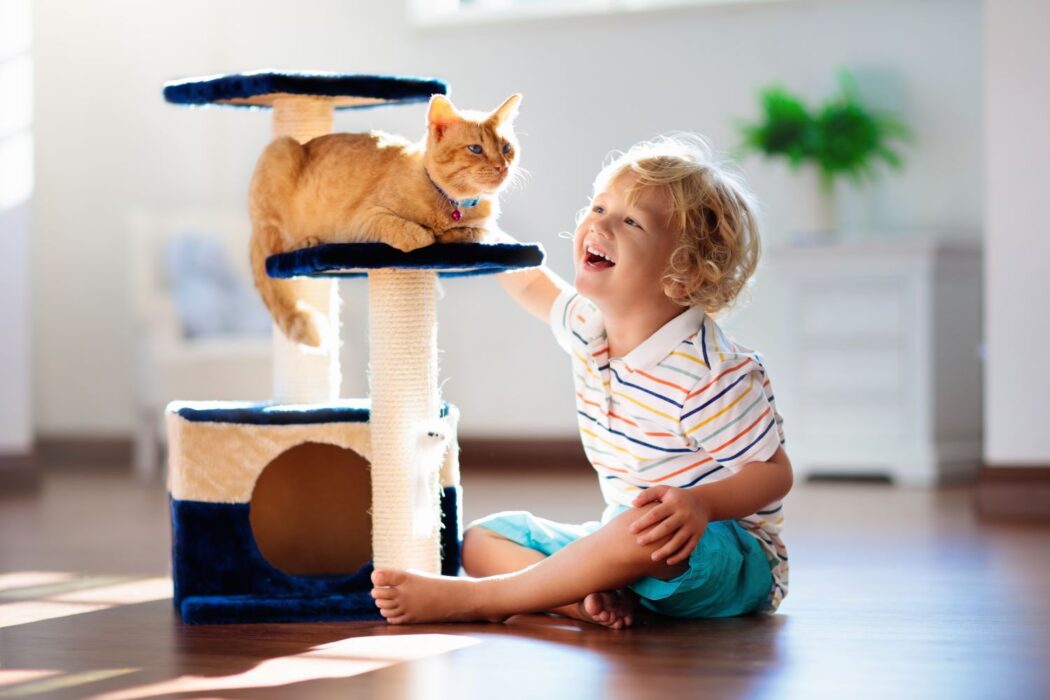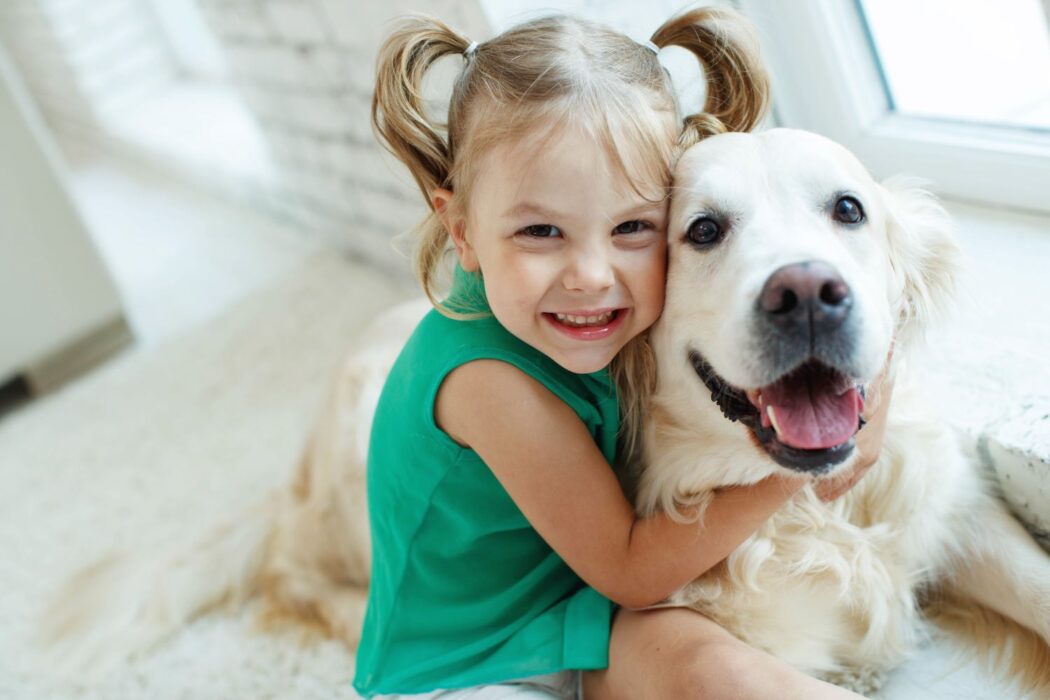Helping kids cope with pet loss
Losing a pet is one of the saddest parts of childhood. Coaching your little one through the process will ensure they have the space to grieve properly and heal from this truly painful experience.

Anyone who has ever had a pet knows that they are a lot more than just an animal. They become a member of the family and a much-loved part of the household. Perhaps the saddest truth of pet ownership is the fact that they don’t live as long as we do. This means that, at some stage, our furry friends will pass away.
Losing a pet can be a deeply upsetting incident for all the family, and it tends to hit our children particularly hard. To them, the family pet can be their best friend who is always happy to greet them with a wagging tail or a deep purr. In tough times, children often turn to pets for comfort. The cheerful disposition and cuddly nature of pets is enough to melt away almost any worry.
When the dreaded day comes, and the pet is no longer around, little ones can be at a complete loss as to how to comfort themselves. They may struggle to comprehend that their pet was there yesterday but is gone today. As parents, we can prepare ourselves to guide our children through the grieving process.
BREAKING THE NEWS
It’s likely that you will become aware that your family pet has died and therefore it’s your responsibility to tell your child. This is a very difficult task but it’s one that must be done with as much gentleness as possible. This may be the very first time that your child has experienced any form of loss, and so it should be handled carefully.

A safe space
When planning to tell your child that their pet has passed away, try to choose a safe space for them to hear this news. Somewhere quiet, comfortable and private will enable them to truly express themselves without being interrupted.
Sparing the details
How much detail to go into depends on what your child is able to handle. There is no need to overly upset them with details if you can tell them in a way that shields them from the true nature of death. Depending on your child’s age, you will be able to share slightly more about what happened. The main aim here is to inform them that their pet has passed away and that you’ll be there to support them while they process this loss.
For older animals
The average life expectancy for most, if not all, breeds of family pets is available online and can be useful knowledge as they approach their later years. In this case you may be able to gently reference to your child that the pet is ageing and that at some stage they won’t be around any more. This should be done with caution and only with older children who aren’t prone to worry. The idea is to take the shock out of what’s to come to enable your child to cope.
Bending the truth
It’s understandable that parents want to take liberties with the truth around this topic in order to protect their children. However, straying too far from the truth will result in a lie, and little ones can find it very hard to come to terms with this if they find out what really happened in the end. So try not to lie to your little ones by telling them that the dog ran away if that isn’t what happened. In trying to guard your child emotions, doing this can brew feelings of abandonment and rejection in little ones. It’s advisable to present the news in a soft manner but it’s also important to provide some of the facts. Without these, it can be difficult for children to make sense of what has happened, to grieve and to move on.
OVERCOMING GRIEF
Sadness is the predominant emotion your child will experience upon losing a pet, but it’s far from the only one. Kids may experience frustration, loneliness or even guilt. These are all natural feelings through the grieving process and it helps to talk your child through each of them. Don’t force it, they may not be ready at first. In their own time, they’ll feel ready to open up and discuss their emotions.

Express your feelings
While you will want to be the supportive rock for your child, it’s completely fine to express some of your own sadness about the situation and to show your little one that you’re hurting too. As a parent, you can teach your little one how to feel an emotion, such as sadness, to acknowledge it, and then to try to move past it slowly.
Routines
In times of grief, children often cope better if they have routines to lean on. It may feel like you’re being too strict if you are encouraging your child to keep going to school, to stay on top of their homework and to go to their sports training. Of course, give them a little time immediately after the death in order to begin to come to terms with it. In the following weeks and months, however, helping your child to return to their old routines will actually enable them to recover from this loss. In difficult times, children can get a great deal of comfort from sticking to their routines.
Happier times
Sharing stories of happy times with the family pet can be a helpful way to guide your child through expressing their emotions. If you have any home videos of your child playing with the family pet, feel free to play them. Reliving these experiences in a safe space can help your child remember the positive impact that the family pet had on them, and how well they treated the pet. With you by their side, your child can laugh and cry, knowing that they’re supported.
Afterlife
If you and your child believe in an afterlife, this can be a good time to discuss it. Whatever your religious beliefs are, the existence of an afterlife is a very comforting thought. One of a child’s worst fears, when it comes to pet loss, is that their beloved friend is gone forever. If there is a chance that they may meet again some day, the pain can be easier to swallow. If you don’t hold any religious beliefs, perhaps you could speak with your little one about how those who pass away live on in the hearts and minds of their loved ones. You can explain that you can keep the memories of the family pet alive through thoughts and conversation.

MOVING FORWARD
In time, once the initial spike of sadness has worn off, you can help your child to move forward. THe two of you could memorialise the family pet through creating a collage of photos or writing a poem. Don’t be afraid to talk with them about the pet or to bring up memories of the good times. They’ll benefit from remembering the love they felt and this will help them come to terms with what has happened.
Eventually, your child will have moved on from the sadness and all will be well. Remember that there is no rush here and it’s important to be patient. With your support, they will carry on with fond memories and, at some stage, will be ready to welcome another pet into the family.











Comments